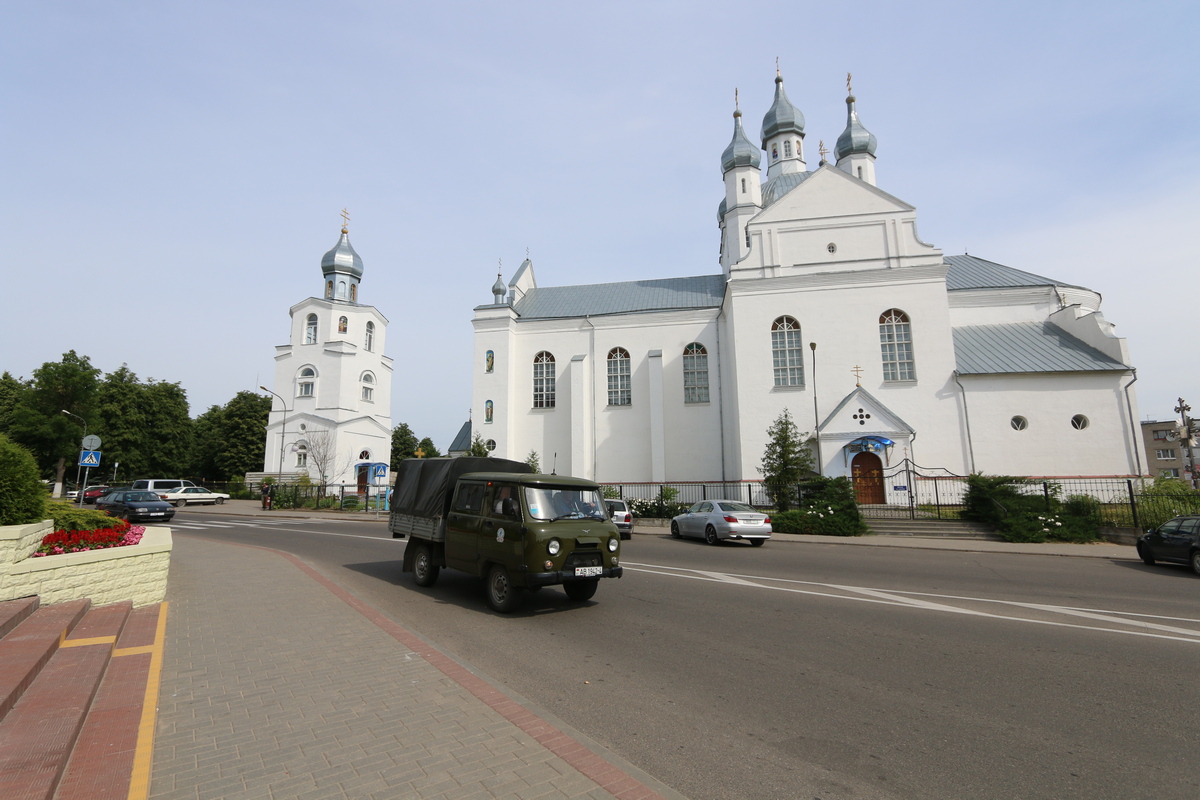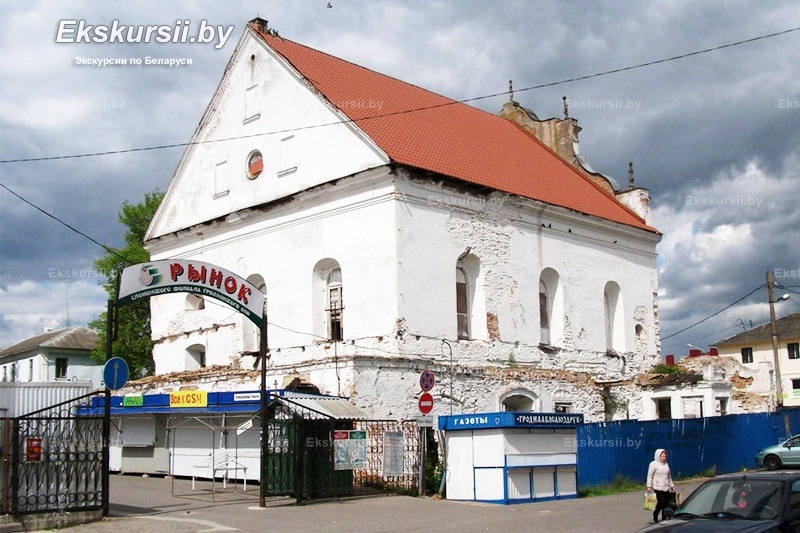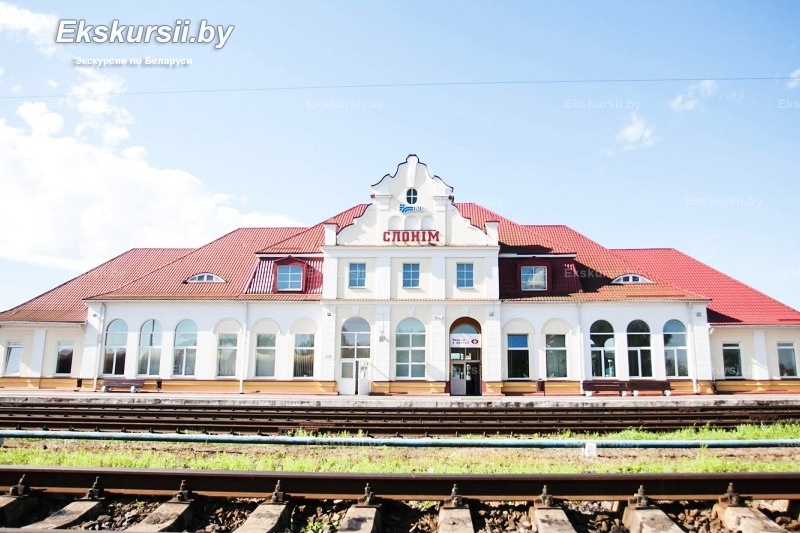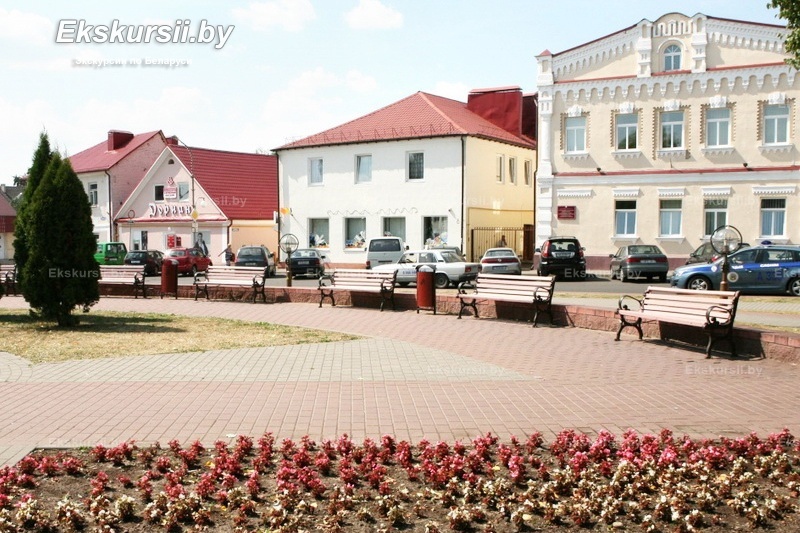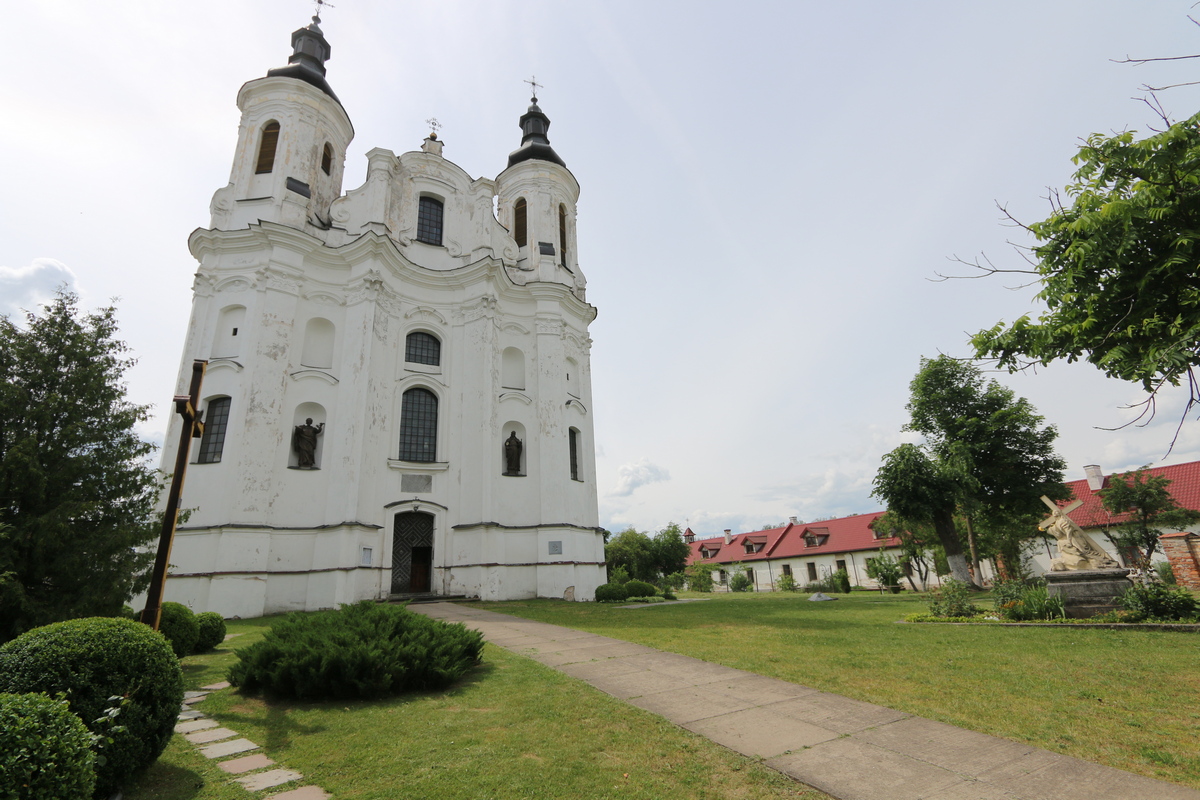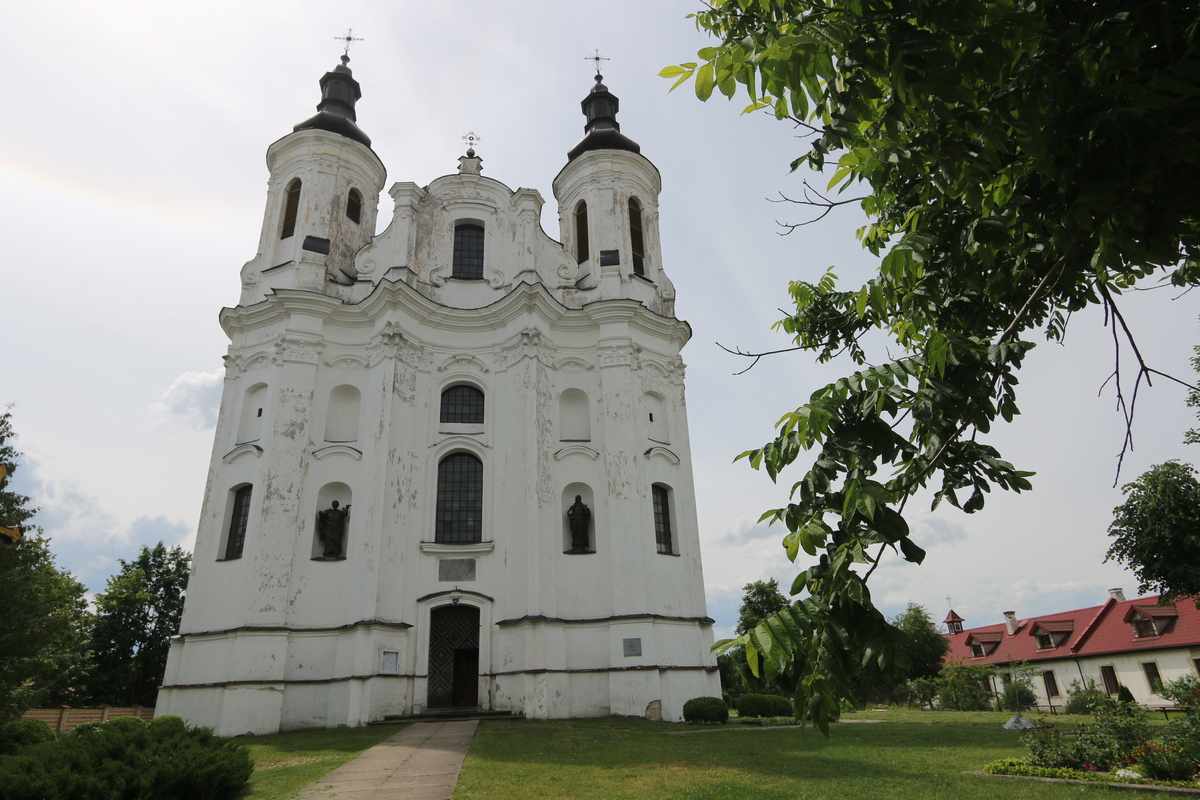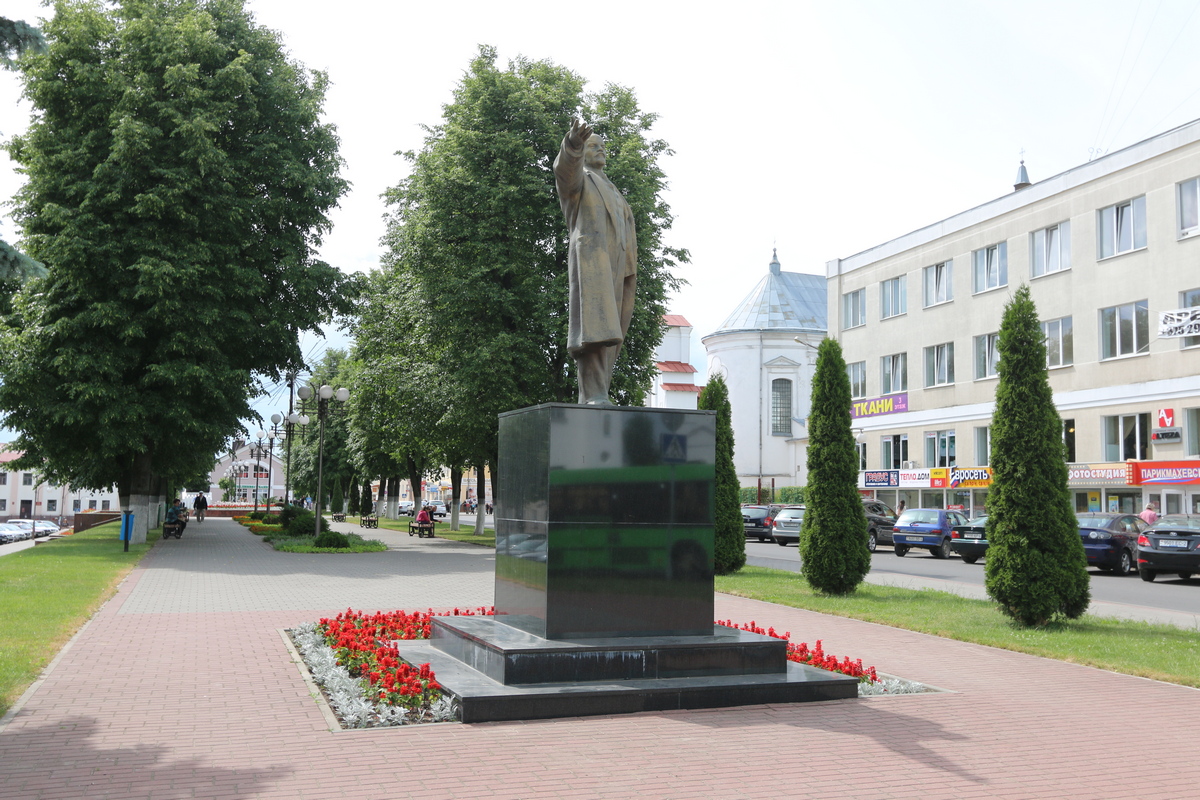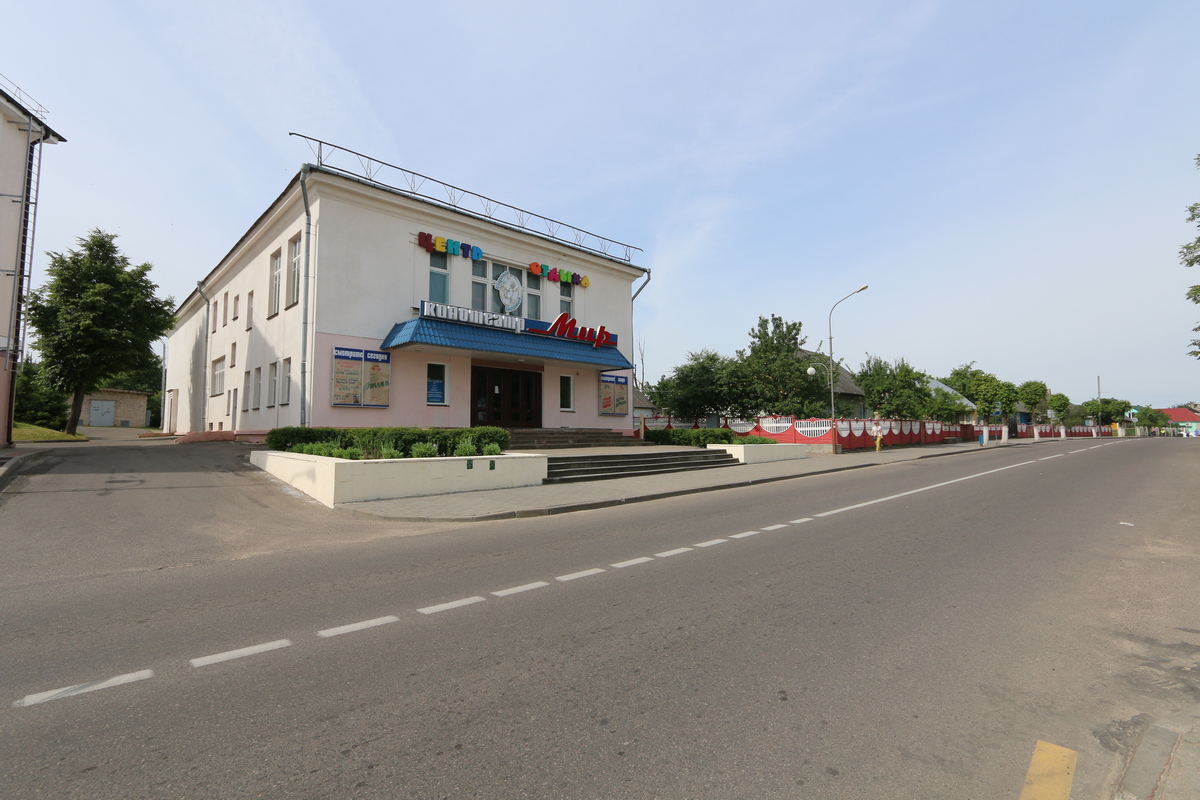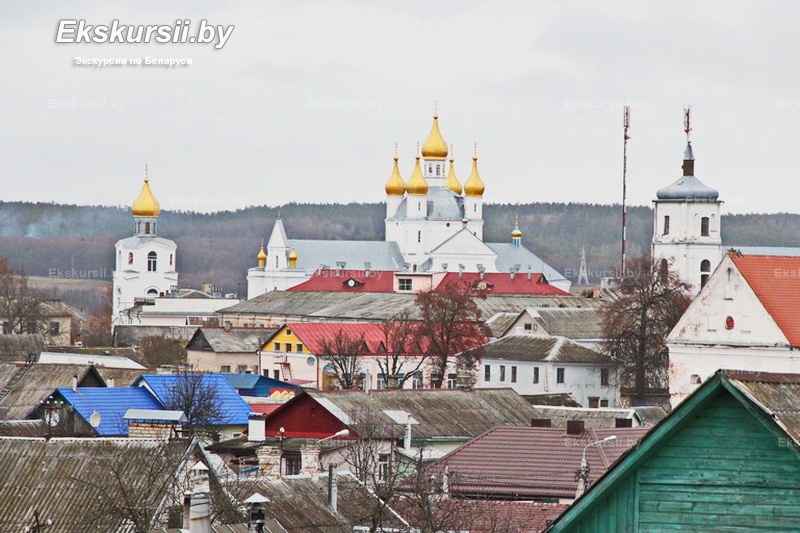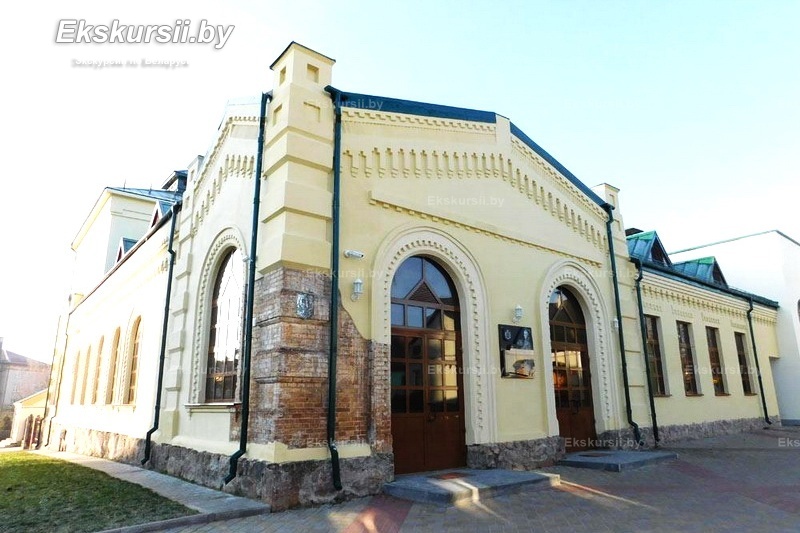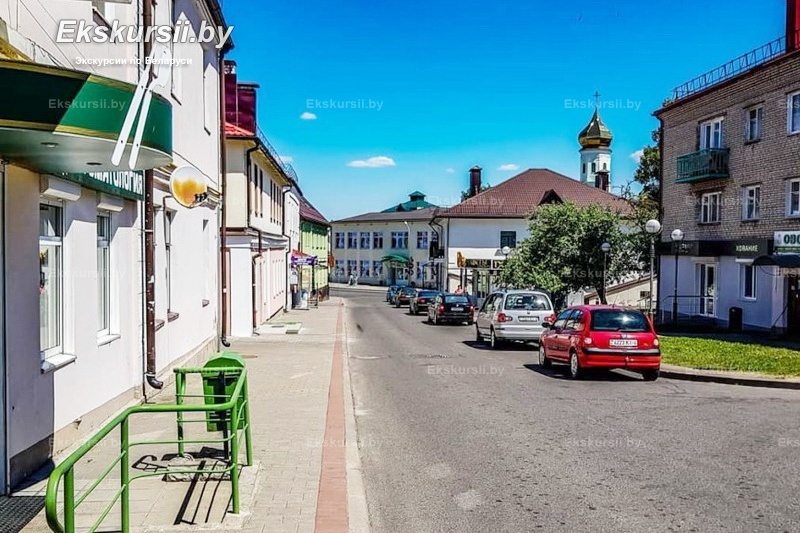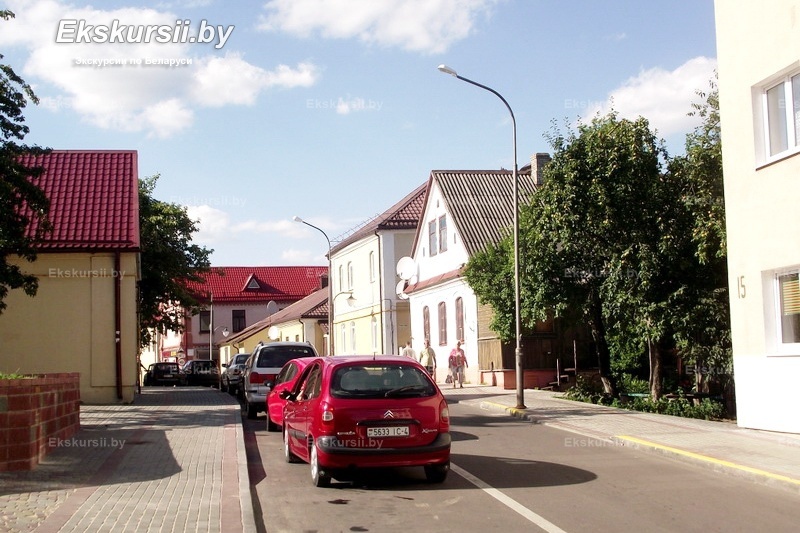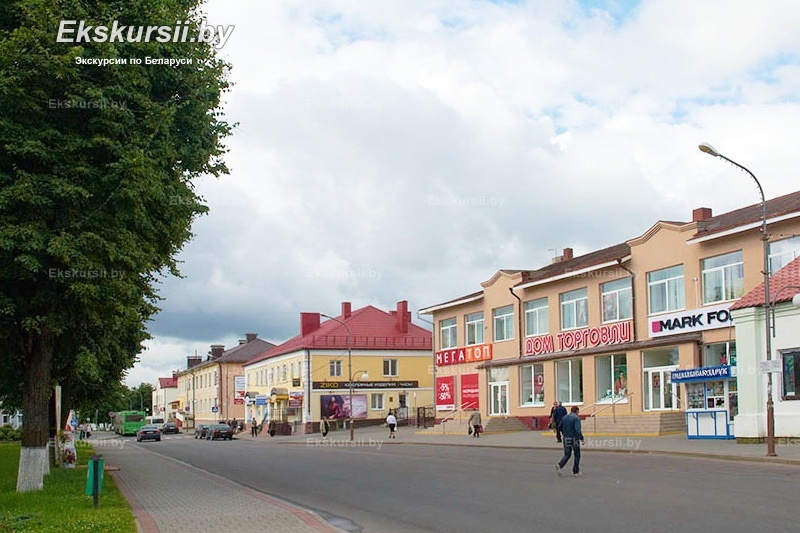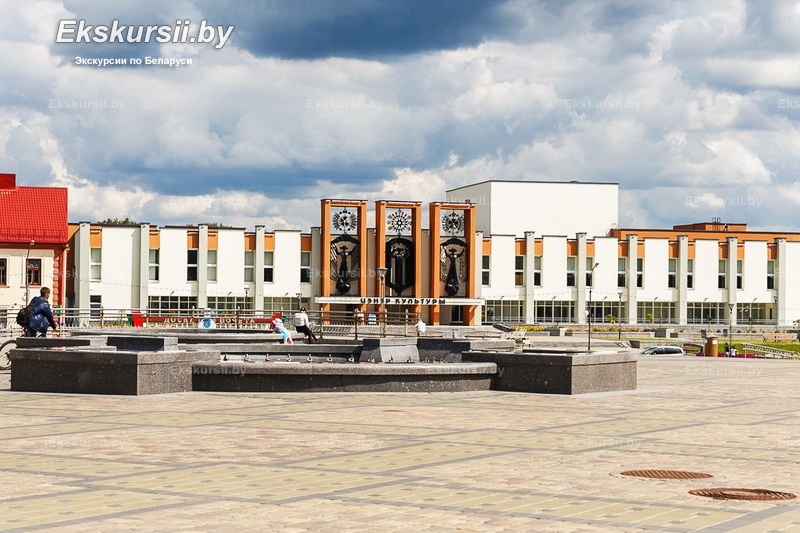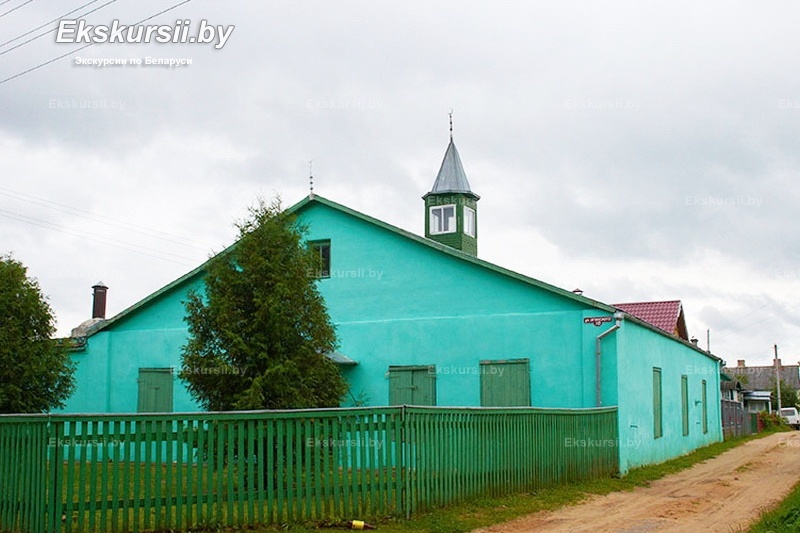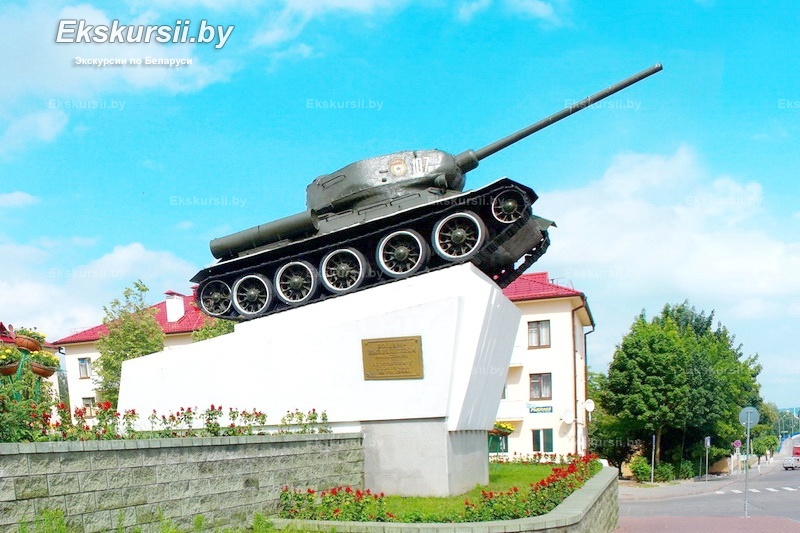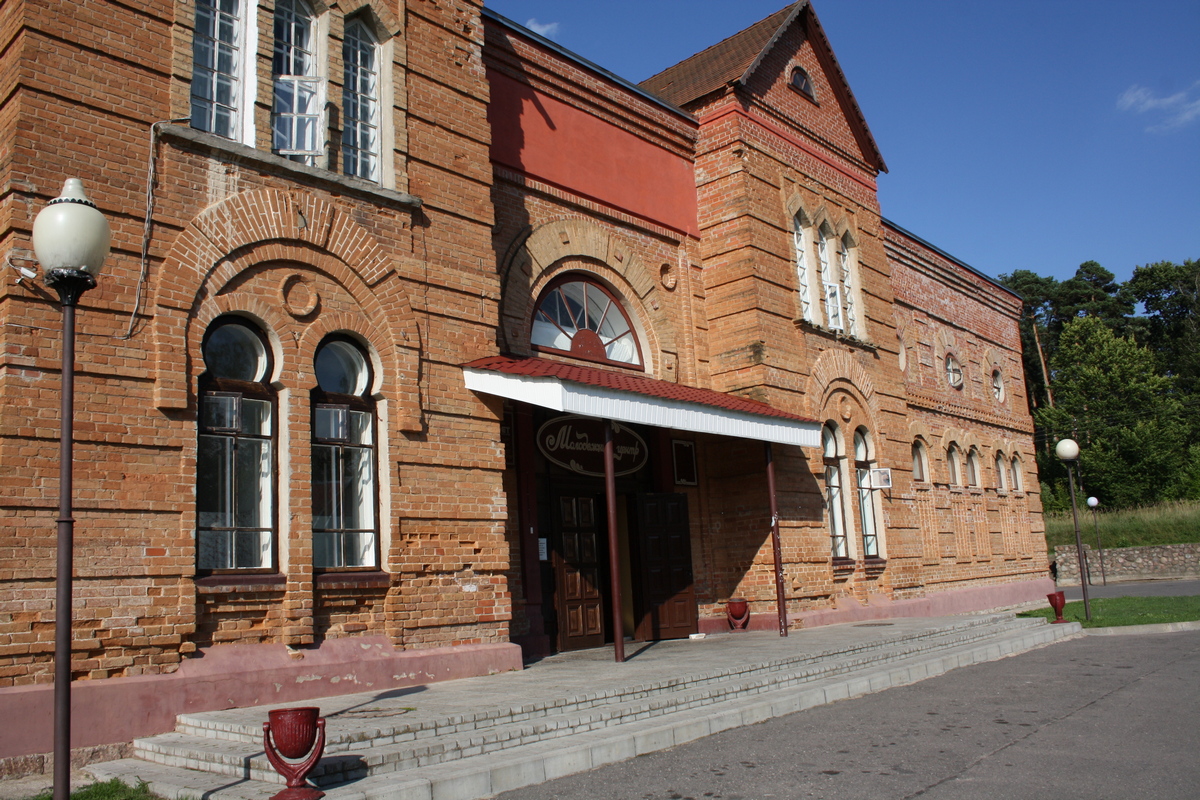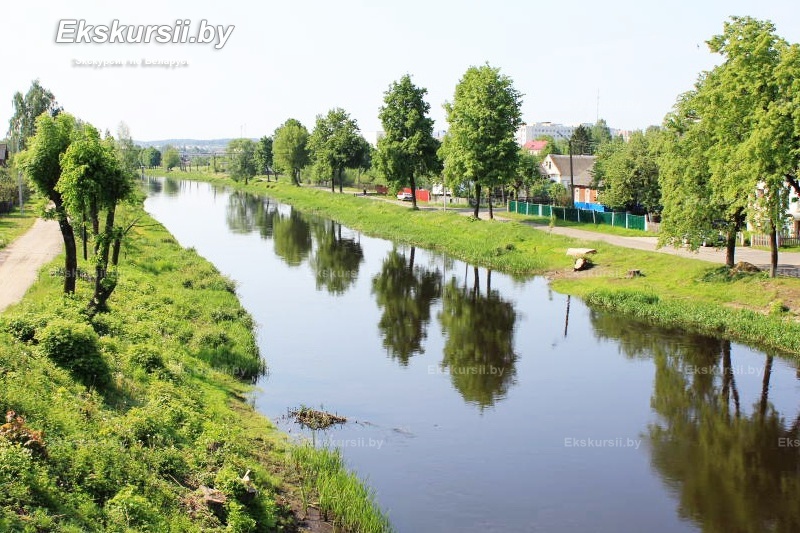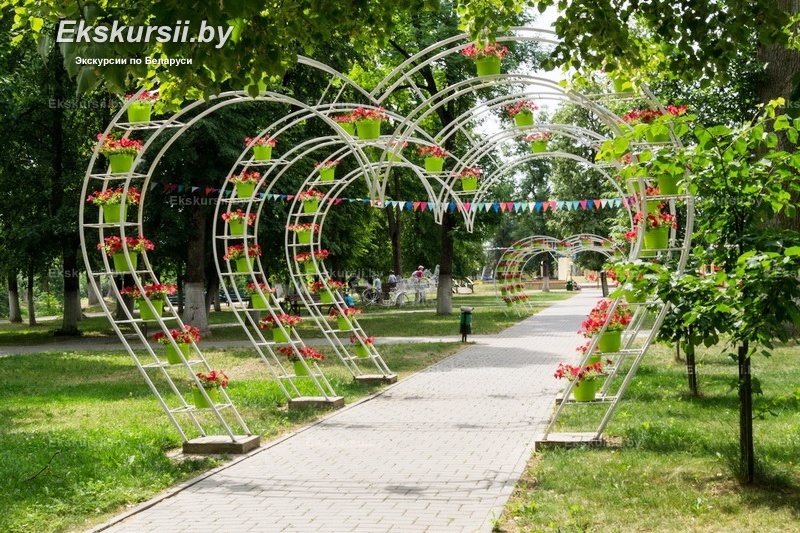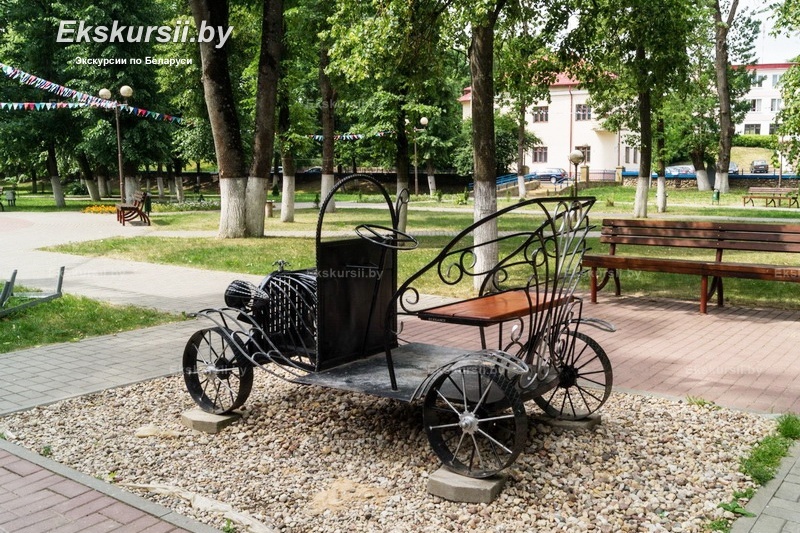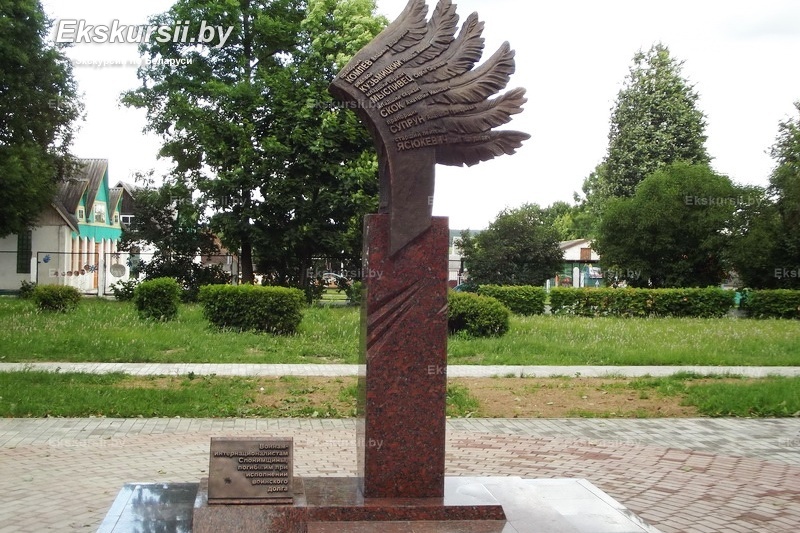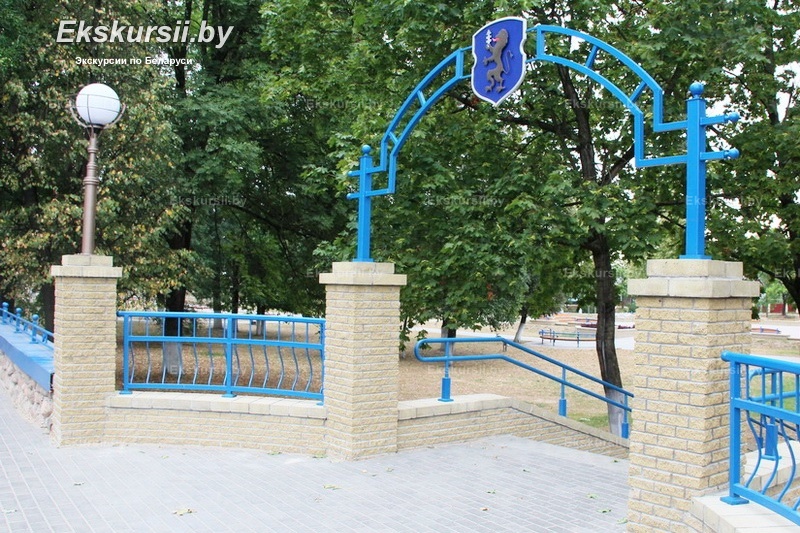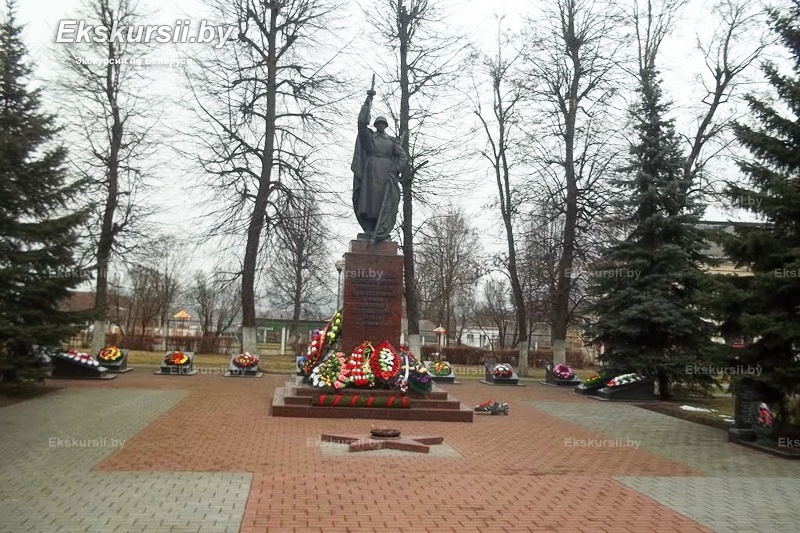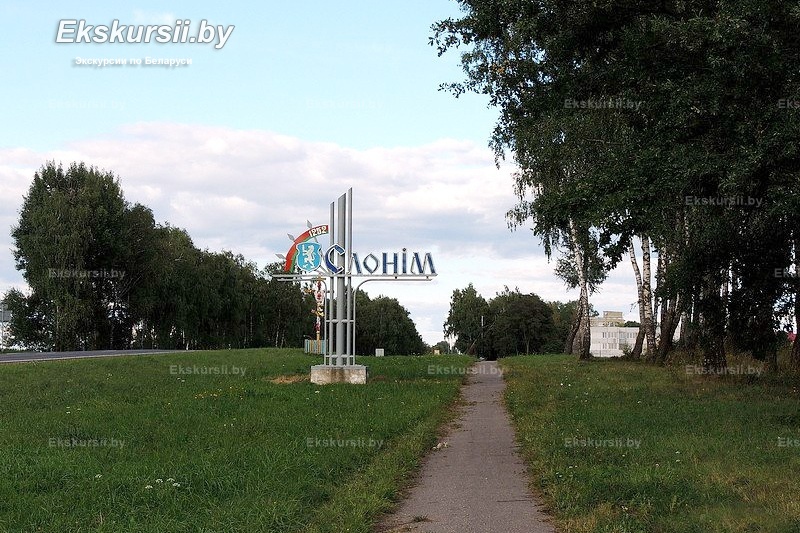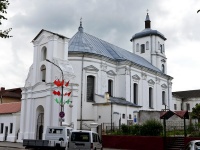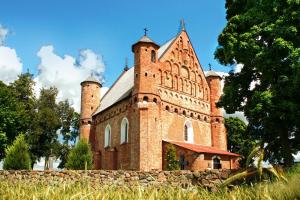History of the development
Slonim - one of the ancient cities of Belarus, which are rich in historical events. The first mentions of Slonim in historical sources date back to 1252. However, it is known that people lived here much earlier - archaeological excavations showed the existence of a fortified settlement as early as the 11th century. Almost immediately after the emergence of the Grand Duchy of Lithuania, Slonim became part of it, which was influenced by its geographical position.
The period of the medieval history of the city is not well studied. It is known that Slonymsky khorugvy participated in the battle of Grunwald in 1410. In 1531 he was granted the Magdeburg Law, which allowed citizens to be independent in the decisions that concerned the city. One of the famous owners of Slonim was Lev Sapega - one of the most iconic people in the history of Belarus. At that time, King Sigismund II granted the city a coat of arms. He was a golden lion with a silver cross on a blue field. It is worth noting that the cross was a known by that time «Fox» of the Sapieha family: double and with an arrow at the end.
Slonim flourished in the 18th century and is directly connected with the statesman and representative of the eminent Belarusian family Mikhail Kazimir Oginsky, as well as his nephew Mikhail Kleofas Oginsky. The latter became famous thanks to the music, as he became the author of the immortal polonaise. Mikhail Kazimir married Alexander Sapega: this is how he appeared in the city. During his activities, Slonim was called «Polesye Athens»: various forms of art were actively developed, several enterprises were opened, a canal and roads were laid. The Oginsky opened a court theater and a chapel here, where artists from Poland and Italy came.
After the sections Rzecz Pospolita in 1795, Slonim became part of the Russian Empire. Soon his status was lowered to the county town. At the end of the XIX century, an important road Baranavichy - Warsaw, as well as the railway line Baranavichy - Bialystok were laid through its territory. Landowners positively influenced the development of the city Puslovskys, which built a manufactory for the production of copper products, carpets and a sawmill, as well as a cloth factory near the city.
During the First World War Slonim was near the front. Only in 1919 he was released by the soldiers of the Red Army. As a result of the Polish-Soviet war and the Riga Peace Treaty, the city was part of the Polish state. Only in 1939, this territory was returned to the Belarusian Soviet Republic. Great Patriotic War brought severe trials for the inhabitants of Slonim. Many went to the army, partisans, but thousands died during mass executions on the Petralevicha mountain, the Chepelev fields and the Morgi tract. The city was liberated in 1944 as a result of the liberation operation of the Soviet troops.
Today, Slonim is a cozy city that can boast of historical monuments and modern achievements. The old center is carefully guarded by the authorities, while new businesses and cultural facilities are opened, as well as residential neighborhoods. In this case, you can perfectly organize leisure and relax.
Tourism potential
It is worth visiting Slonim for anyone who wants to feel the atmosphere of small Belarusian cities and plunge into the history of their development. The city has its own characteristics: mostly small houses of different colors, a long embankment, the peaceful coexistence of three denominations and many other interesting nuances. At the same time it is quite developed infrastructure, which will make the visit to Slonim comfortable for every tourist.
First of all, it is worth noting that in this place you can see the temples of three denominations: Christian, Muslim and Jewish. One of the most remarkable buildings is Savior Transfiguration Cathedral, and not far from it is located Church of the Bernardine Monastery of the Virgin Mary. Among the Christian churches, Troitsky and St. Andrew's Church. Other religions are represented the synagogue of the XVII century and the existing mosque on the shore Shary. The Jewish church in the city is unique, as it was the only one in Belarus that retained the interior.
We can not ignore the theater, on which today there is a memorial plaque in honor of Mikhail Kazimir Oginsky. Unfortunately, the story did not preserve all its buildings: the opera house, the theater on barges, but the theater building and the street name, Opera, remained as a memory. You can also look at the only preserved building from the palace complex of Oginsky - a guest house. And exactly at noon the city is filled with the sounds of the famous Polonaise, which are heard from the fire tower.
For those who like to learn more about the history of the place visited, the city has opened a museum of local lore. I.I. Stabrowski. It is one of the oldest museums in the Grodno region, operating since 1929. Here you will find permanent exhibitions in the departments of rare books and icons, nature and history, as well as various thematic exhibitions. It is worth noting also the few, but interesting sculptures of Slonim. Among them are Lenin who reads, an eagle, a sculpture of the mother and the Eiffel Tower.
The history of the city has identified and themes annual festivals. For example, Polonaise is a celebration of world-famous dance and music, which has become a kind of Slonim business card. On this day, people dance, listen to the Polonaise melody, take part in costume performances, master classes in folk crafts, exhibitions and competitions.
This place will be an excellent choice for a trip. Look at the amazing monuments of architecture, take pictures with the Belarusian Eiffel Tower or go to the local museum - the choice depends on your preferences. In any case, the time spent here, you will remember for a long time.
